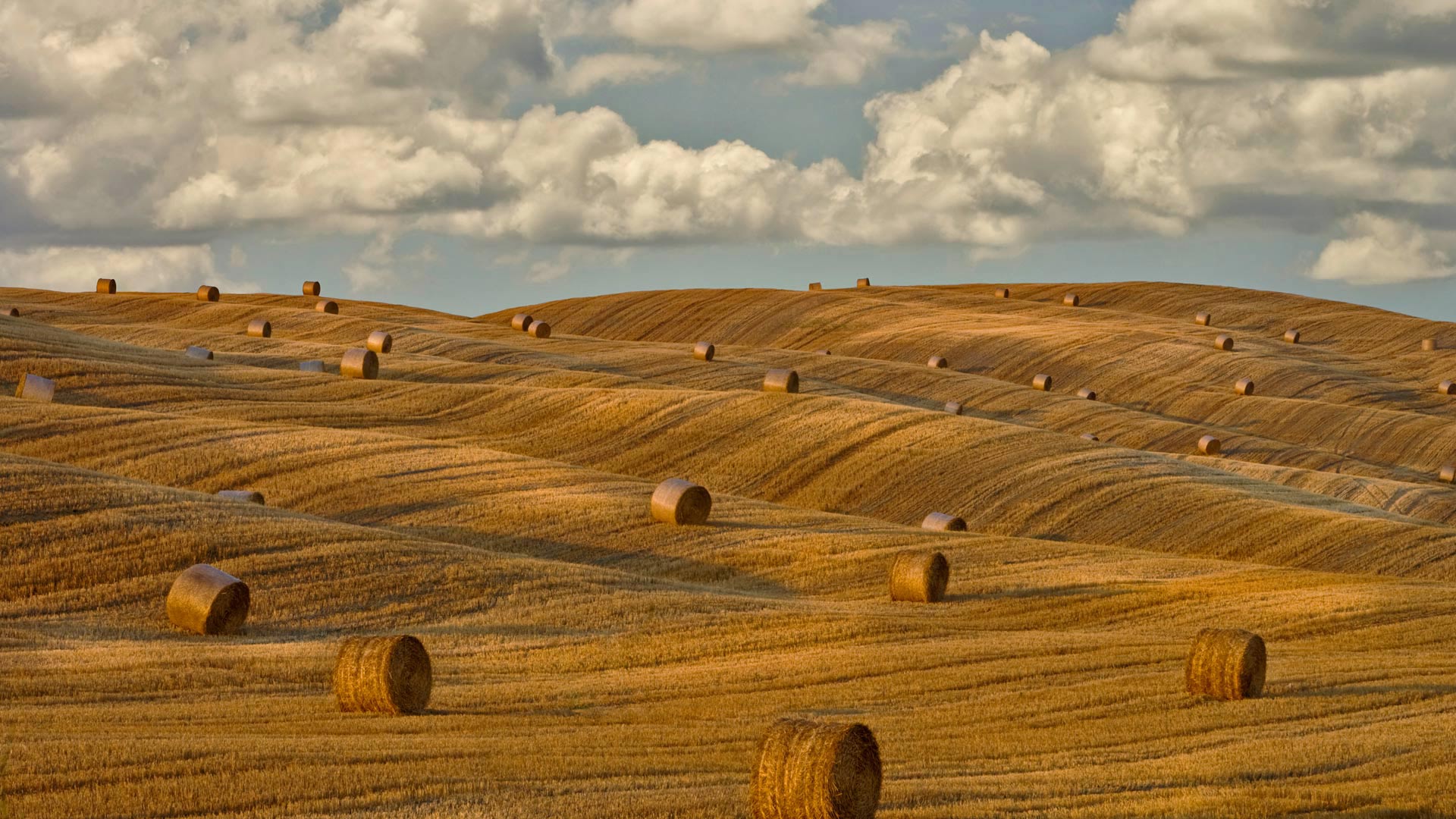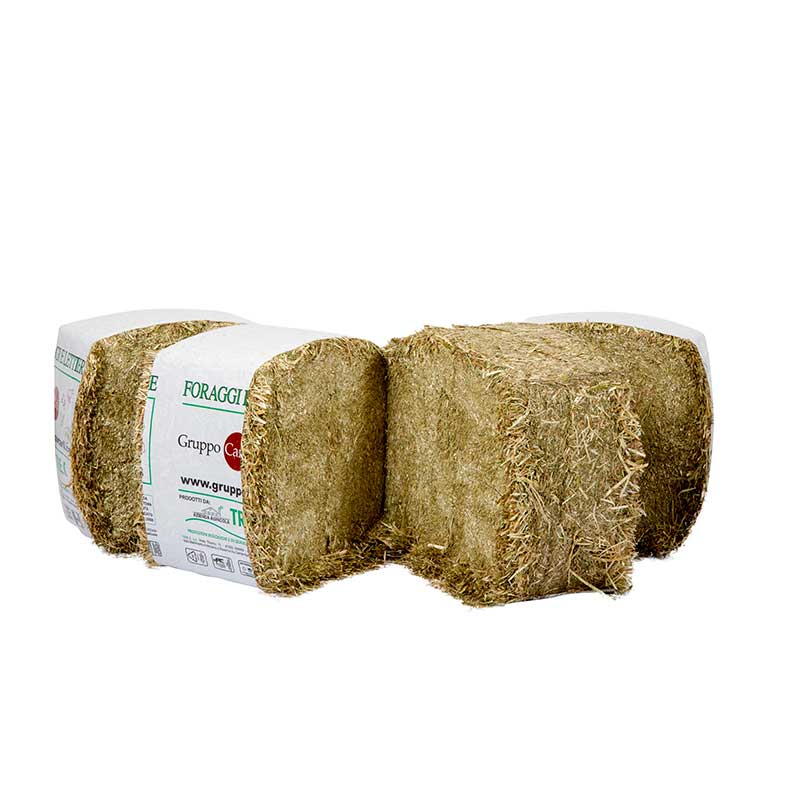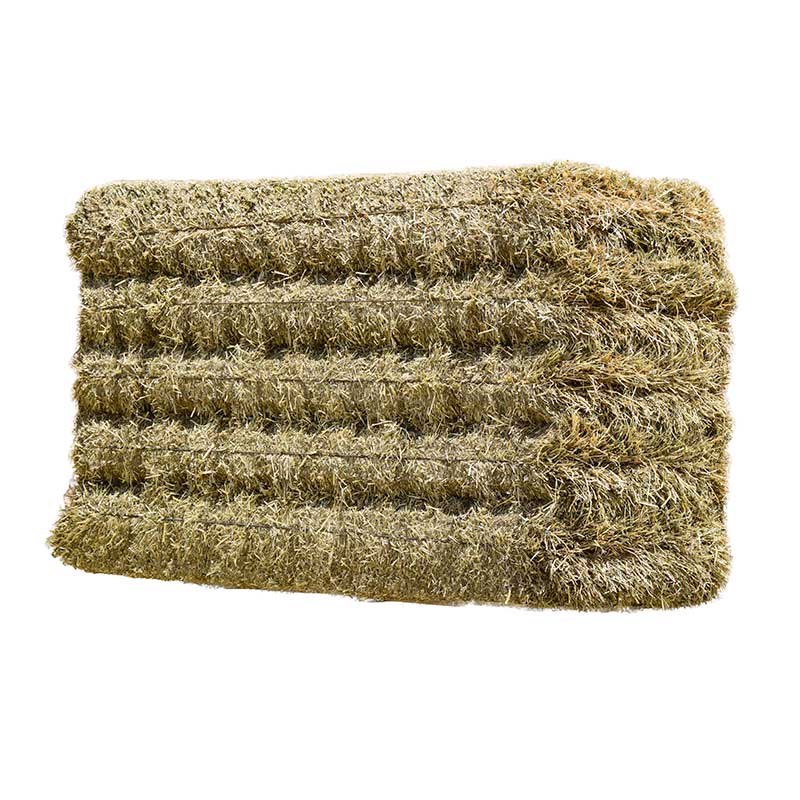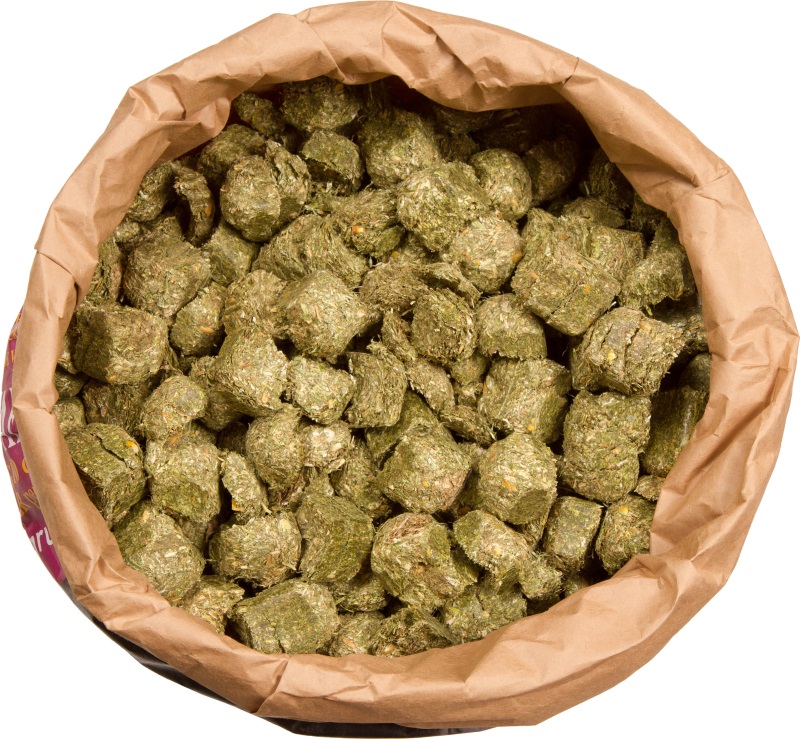Part
01
of eight
Part
01
Hay Market Research: Italy, Part 1
The total market for hay and forage production in Italy was valued at 1.9 billion euros in 2018. The requested data points on Italy have been entered into columns C — G, row 11 of the attached spreadsheet.
Summary of Findings
- Italy produced 74.1 million metric tons of hay in 2018, according to the Italian Council for Agricultural Research and Economics (CREA). The production of alfalfa hay alone, the most popular type of hay produced in Italy, totaled 17.7 million tons.
- The top export destinations for hay produced in Italy include the United Arab Emirates, Saudi Arabia, Switzerland, Austria, the United Kingdom, and Japan.
- In 2018, the total market size for hay and forage production in Italy was valued at 1.9 billion euros.
- The county's total export reached 91.1 million euros or 3.6 million metric tons in 2018.
Calculations
The country's total hay export is only available in monetary value. Based on our previous findings, it is possible to convert the monetary value of Italy's hay production to its corresponding value in metric tons.
- Total monetary value of hay production in 2018 (Italy) = 1.9 billion euros.
- Total value of hay production in metric tons (Italy) = 74.1 million tons.
- Total monetary value of hay exports in 2018 (Italy) = 91.1 million euros.
Therefore, the total export is equivalent to (91.1 million/1.9 billion * 74.1 million tons) = 3.6 million metric tons.







